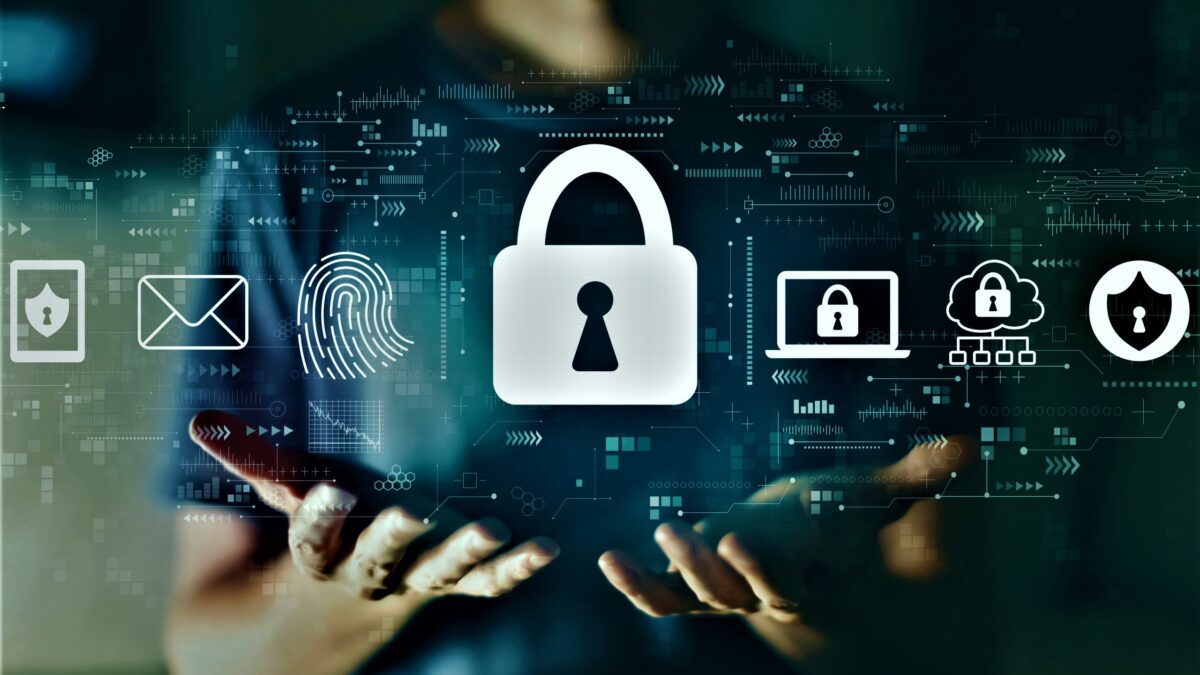The Future of Cybersecurity Solutions: Trends and Predictions

The Importance of User Experience in Website Designing: A Comprehensive Guide
May 4, 2023As technology advances, so does the complexity of cyber threats. With the rise of the Internet of Things (IoT), cloud computing, and artificial intelligence (AI), cybersecurity solutions must evolve to keep up with the increasing sophistication of attacks. In this article, we will explore the latest trends and predictions in cybersecurity that businesses and individuals should be aware of.
The Need for Stronger Authentication Methods
As cyber threats become more advanced, traditional passwords are becoming less secure. Cybercriminals can easily guess or obtain passwords through phishing attacks, brute-force attacks, or by purchasing them on the dark web. Therefore, stronger authentication methods, such as multi-factor authentication (MFA), biometrics, and digital certificates, are gaining popularity.
MFA adds an extra layer of cybersecurity solutions by requiring users to provide additional information beyond their password, such as a fingerprint or a one-time code sent to their mobile device. Biometrics, such as facial recognition or iris scanning, are becoming more prevalent in mobile devices and laptops. Digital certificates are used to verify the identity of a website and establish secure communication with the server.
Artificial Intelligence in Cybersecurity
Artificial intelligence (AI) is being used to improve cybersecurity solution. AI can analyze vast amounts of data, identify patterns, and detect anomalies that could indicate a cyber attack. It can also automate tasks such as threat detection and response, freeing up time for cybersecurity professionals to focus on more complex tasks.
AI-powered security solutions can provide real-time threat intelligence, monitor networks and endpoints for suspicious behavior. It respond to threats faster than traditional methods. However, there are concerns that AI could be used by cybercriminals to launch more sophisticated attacks.
Cloud Security
Cloud computing has revolutionized the way businesses operate, but it has also introduced new cybersecurity challenges. As more data and applications are moved to the cloud, it becomes increasingly important to secure them.
Cloud security solutions include firewalls, intrusion detection and prevention systems, encryption, and identity and access management. However, the responsibility for cloud security is often shared between the cloud provider and the customer. It is important for businesses to understand their responsibilities and ensure that their cloud security measures are adequate.
Internet of Things (IoT) Security
The Internet of Things (IoT) is a network of interconnected devices that can communicate with each other and exchange data. IoT devices include everything from smartphones and smart TVs to home appliances and medical devices. However, the more devices that are connected, the more opportunities there are for cybercriminals to exploit vulnerabilities.
IoT security solutions include device authentication, encryption, and secure communication protocols. However, many IoT devices are designed with little or no security, making them easy targets for cyber-attacks. It is important for consumers to be aware of the security risks associated with IoT devices and take steps to protect themselves.
Conclusion
Cybersecurity threats are constantly evolving, and businesses and individuals must stay up-to-date with the latest trends and predictions to protect themselves. Stronger authentication methods, artificial intelligence, cloud security, and IoT security are just a few of the areas where cybersecurity solutions are being developed and improved.
By investing in cybersecurity and staying vigilant. Businesses and individuals can reduce their risk of cyber-attacks and protect their sensitive information. The future of cybersecurity will undoubtedly bring new challenges, but by staying informed and prepared, we can minimize the impact of cyber threats.
NEWSLETTER







